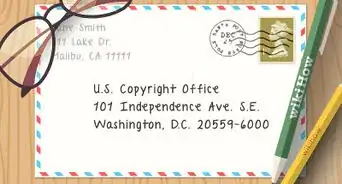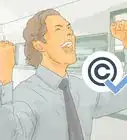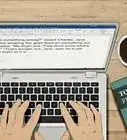This article was co-authored by Srabone Monir, JD. Srabone Monir, Esq., is an Attorney based in New York. She received her JD from the St. John's University School of Law in 2013, and has used her legal training in positions for 32BJ SEIU, the New York Legal Assistance Group, and Disability Rights New York. She is currently a Principal Law Clerk with the New York State Supreme Court. She is also a VA Accredited Attorney as of 2015 and is licensed to practice law in New Jersey and in New York.
wikiHow marks an article as reader-approved once it receives enough positive feedback. In this case, 90% of readers who voted found the article helpful, earning it our reader-approved status.
This article has been viewed 83,624 times.
A copyright is a group of exclusive rights owned by the creator of a work of art. The purpose of copyright is to encourage creativity and invention by protecting the creators’ intellectual property. Copyright infringement, an unauthorized copying of copyrighted work, can lead to damages based on the creator’s loss of sales or even a loss of the copyright (known as an injunctive relief). Unfortunately, as the internet has opened up individuals’ access to vast quantities of information, it has also facilitated rampant copyright infringement. Seeking relief from copyright infringement is a technical and cumbersome process that must be handled with care and skill.
Steps
Establishing Your Copyright
-
1Confirm that your work is original. The hurdle to clear is low. Essentially, the work only needs to “possess some creative spark, no matter how crude, humble, or obvious.”
-
2Ensure that the work qualifies for copyright protection. Copyright protection extends only to work capable of being fixed in a tangible medium. The types of works eligible are defined in Section 102 of the Copyright Act:
- literary works
- musical works, including any accompanying words
- dramatic works, including any accompanying music
- pantomimes and choreographic works
- pictorial, graphic, and sculptural works
- motion pictures and other audiovisual works
- sound recordings
- architectural works.
Advertisement -
3Register for your copyright. You do not have to register your work to have a valid copyright. However, you must have registered your work in order to initiate a lawsuit.
- Registering a copyright takes approximately 8 months through the US government’s eCO portal.
- Registration carries other important benefits. You can only recover statutory damages, as well as attorneys fees, if you have a registration.
- You should be eligible to sue for damages due to copyright infringement if you have paid the $35 fee to register each of your creations with the US Copyright Office.
-
4Confirm that you did not give permission to use. A claim for copyright infringement will be defeated if you gave another person permission to use the work. You might have sold the work or licensed it.
- Work made for hire typically belongs to the person who hired you. See your employment contract for more information.
Documenting the Infringement
-
1Gather evidence of infringement. Download examples of infringement from the web, or collect printed materials. You will need documentation at trial.
-
2Establish access. You must prove that the defendant had access to your work in order to defeat the defense that any similarity is accidental. [1] You can prove access in several ways:
- Admission. The defendant may have admitted to seeing or hearing your work.
- Eyewitness testimony. Someone may have seen the defendant observing your work.
- Wide dissemination. For works available on the internet, this element should be easy to meet since it is easy to show that the alleged infringer could have found your work by going to a certain website.
- Access can become an issue if you have never published or performed your work for anyone, or only for a select group of people. In the latter case, you will need to be able to show that the alleged infringer somehow gained access to your copyrighted work.
-
3Note the dates of infringement. You must bring a suit for copyright infringement within three years.
-
4Document loss of income. If an infringing work has cost you money, carefully document how far your income has fallen. Save bank statements and invoices. If the infringing product has cost you a job, document that fact.
Evaluating Your Case
-
1Hire an experienced copyright lawyer. Filing a copyright lawsuit can be an extremely expensive and lengthy process. It also requires a good deal of knowledge of the legal system and copyright law. In addition to having this knowledge, a copyright lawyer will also be able to determine your chances of winning and help you decide whether a lawsuit is worthwhile.
- Copyright lawyers can be quite expensive. Fees are determined by the complexity of the case, the number of hours the lawyer works, and court-related fees such as filing fees and court reporters. If the party you are suing is well-funded and also hires lawyers, the process may be extended and could become even more costly.
- Look for an attorney admitted to practice in federal court. Copyright is a federal law, and lawsuits are brought only in the federal courts.
- Spending some money upfront to hire a good lawyer to evaluate your claim may end up saving you a great deal of time and money in the long run if you attempt to file a lawsuit yourself.
- Be aware that some lawyers may take your case on a contingency basis, meaning they will only collect fees upon your being rewarded money at the end of the case.
-
2Determine whether a copyright exception applies. The most common copyright exception is known as “fair use.” Fair use allows an unauthorized party to make use of another’s copyrighted work for certain purposes in certain situations.
- A court will look at several factors to determine fair use. Those factors include an assessment of the purpose of the infringing use (for example, commercial vs. educational use), the nature of the copyrighted work, how much of the copyrighted work was used (using both quantitative and qualitative evaluation), and whether the market for the copyrighted work was affected by the infringement.
- Acceptable purposes include quoting material for criticism or commentary, parody, or news reporting.
- Copying from factual materials, as opposed to creative/expressive ones, is more likely to support a fair use defense.
- The greater the portion copied, the less likely an infringer can claim fair use. Unfortunately, there is no bright line test. Fair use has been defeated when the amount copied has varied from 8 percent to 30 percent. [2]
- If a work is intended to replace the original in the market, then the fair use exception will not apply. However, a parody, for example, is unlikely to replace an original.
-
3Evaluate your goals for instituting the lawsuit. You can seek many different remedies for copyright infringement. Before initiating a lawsuit, you should understand what you hope the lawsuit achieves.
- You can seek money damages. Damages may be statutory or actual. Statutory damages may range from $750 to $30,000 for each article infringed. Actual damages will be proved according to your actual loss of income. The court also may award reasonable attorney’s fees to the winning party.
- You can secure an injunction. An injunction is a legal order directing the defendant to stop engaging in conduct. If the defendant violates the injunction, he will have to pay damages and he is subject to separate civil penalties.
- You can also confiscate all of the infringing articles. If you want, you can then destroy them.
Bringing the Lawsuit
-
1Make sure your complaint is timely. The statute of limitations (time limit) on filing for copyright infringement is three years from the time that the accused infringed on your work. If more than three years have passed,[3] you have waited too long, and your case will not be considered.
-
2File a complaint. Your attorney should file a complaint in federal district court. The complaint need only be a short and plain statement of the claim.
- The complaint should set out the facts of your case and explain how those facts relate to the current copyright law. It should detail how the defendant broke the law and explain what relief (money awarded to you or punishment for the defendant) or injunction (court telling opposing party to stop doing something) you deserve to remedy the situation.[4]
- Sample complaints are available at the United States Courts website.
-
3Serve the defendant with the complaint. You should hire a process server, especially if the defendant lives far from you. Process servers can be found online. Costs range from $20 to $100.
-
4Conduct discovery. Before trial, each party has the right to request documents in the control of the other party, so long as these documents are relevant to the lawsuit.
- You should use discovery to help uncover the defendant’s access to your work as that is an important element of a suit for copyright infringement.
- You may also conduct depositions of witnesses. A deposition is an examination, through your attorney, of the witness under oath. Deposition testimony may be used at trial.
-
5Consider mediation. Judges encourage litigants to resolve their issues out of court. You may find mediation helpful. The court clerk will have information on finding a mediator.
- The cost of a mediator is around $300 an hour. [5]
- Mediation may not be available unless you have an attorney.
-
6Offer a settlement. A trial will likely be long and costly, even if you win. After preparing the documents, you may offer a settlement to the accused in order to avoid the court trial altogether. It may be that the prospect of avoiding the expense and headache is worth the price tag of the settlement to the accused.
-
7Proceed to trial. If mediation or settlement is unavailable, then prepare to go to trial. Your attorney will discuss trial strategy with you.
- At trial, each side calls witnesses and introduces other documentary evidence. As the plaintiff (the one bringing suit), you would go first.
- Be prepared to be called as a witness. The defendant will likely argue that your work is not original and should not have received a copyright.
- An excellent trial strategy is to offer a settlement in the middle of trial. If the defendant's case isn't going well, he may be willing to settle to avoid having to pay large sums of money.
Warnings
- Mere ideas for any of the above types of works are not eligible for copyright protection. In order to qualify for copyright protection, there must be some tangible evidence of the work.⧼thumbs_response⧽
- Regardless of your motivation for filing a lawsuit for copyright infringement, an important step in determining whether to sue is to take a realistic look at the cost of the suit versus the potential rewards of a favorable judgment. “Cost” in this sense means more than just a financial cost, but also means taking into consideration your time, stress, etc. as well. Copyright infringement lawsuits are notoriously time consuming and rather tedious.⧼thumbs_response⧽
- Rumor has it that mailing yourself a certified copy of your work is sufficient to copyright your work. However, this does not properly secure copyright protection, and you cannot file a lawsuit without a legal registration of a claim to copyright.⧼thumbs_response⧽
References
- ↑ http://www.americanbar.org/groups/young_lawyers/publications/the_101_201_practice_series/elements_of_a_copyright.html
- ↑ https://ucomm.wsu.edu/fair-use/
- ↑ https://www.law.cornell.edu/uscode/text/17/507
- ↑ http://www.uscourts.gov/FederalCourts/UnderstandingtheFederalCourts/HowCourtsWork/CivilCases.aspx
- ↑ http://www.njd.uscourts.gov/mediation
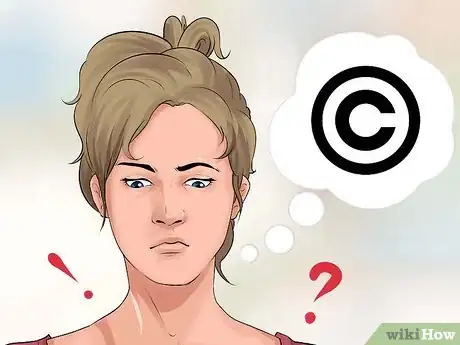
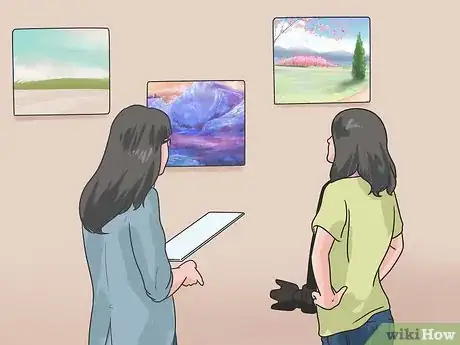

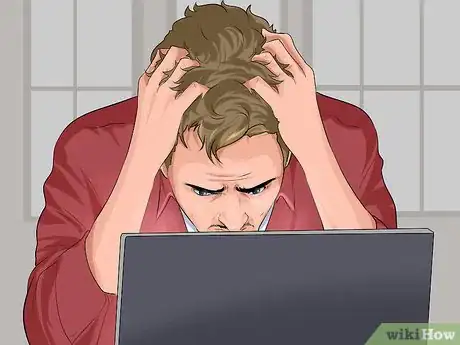
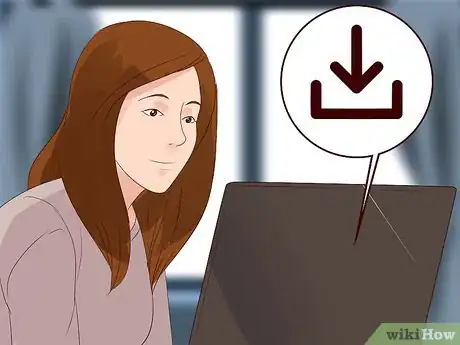
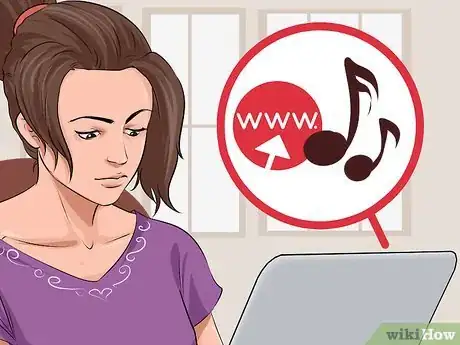
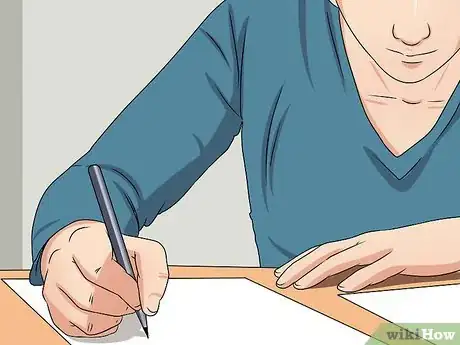

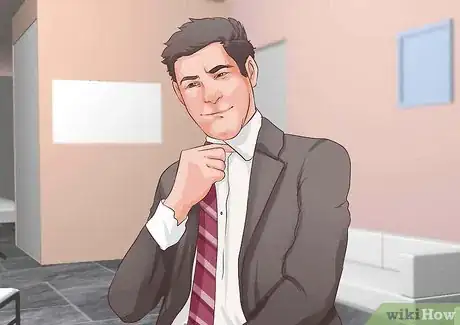
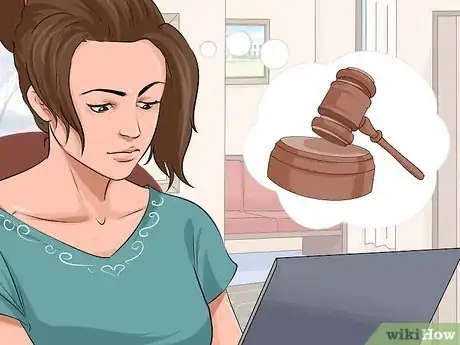
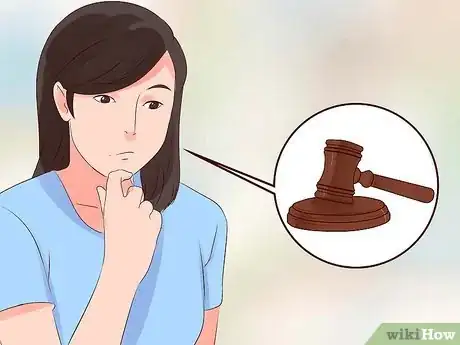
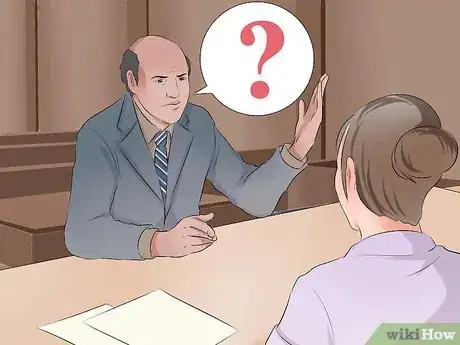
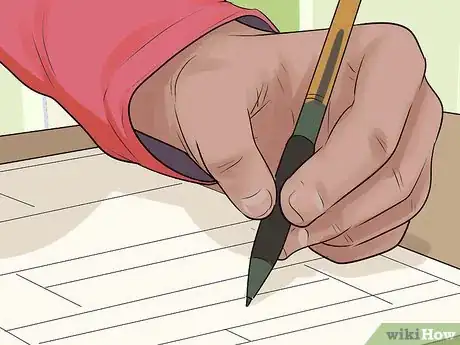
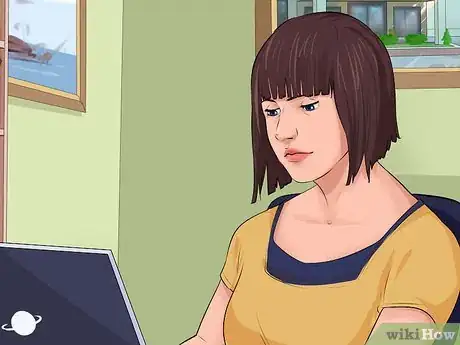
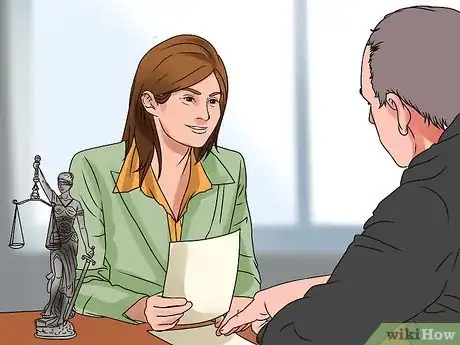
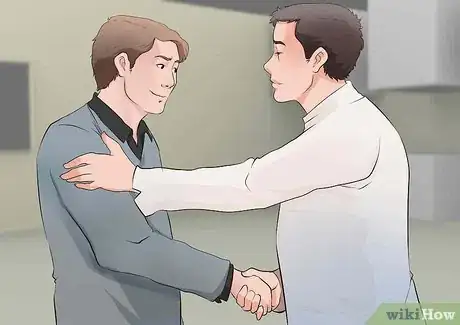
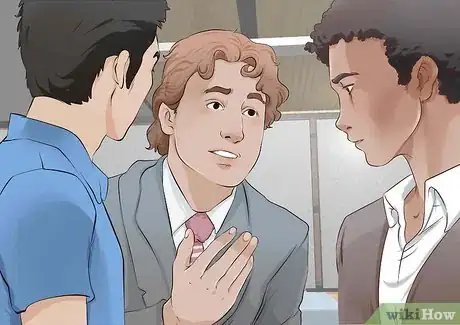
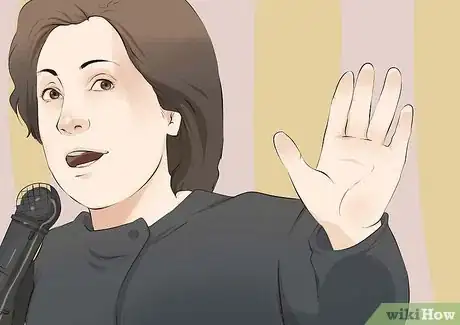
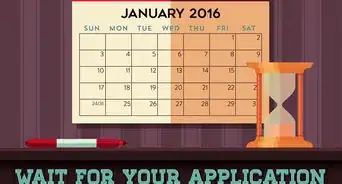
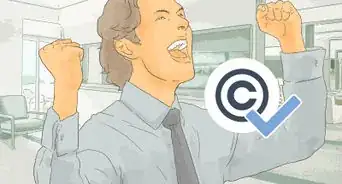

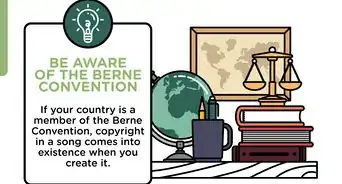


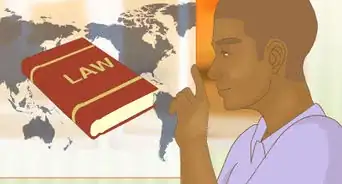
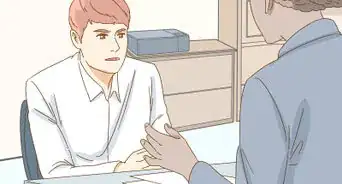
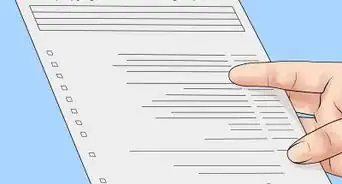
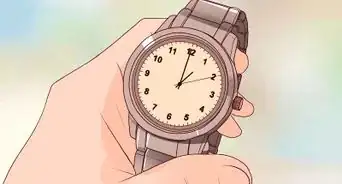
-Step-13.webp)
